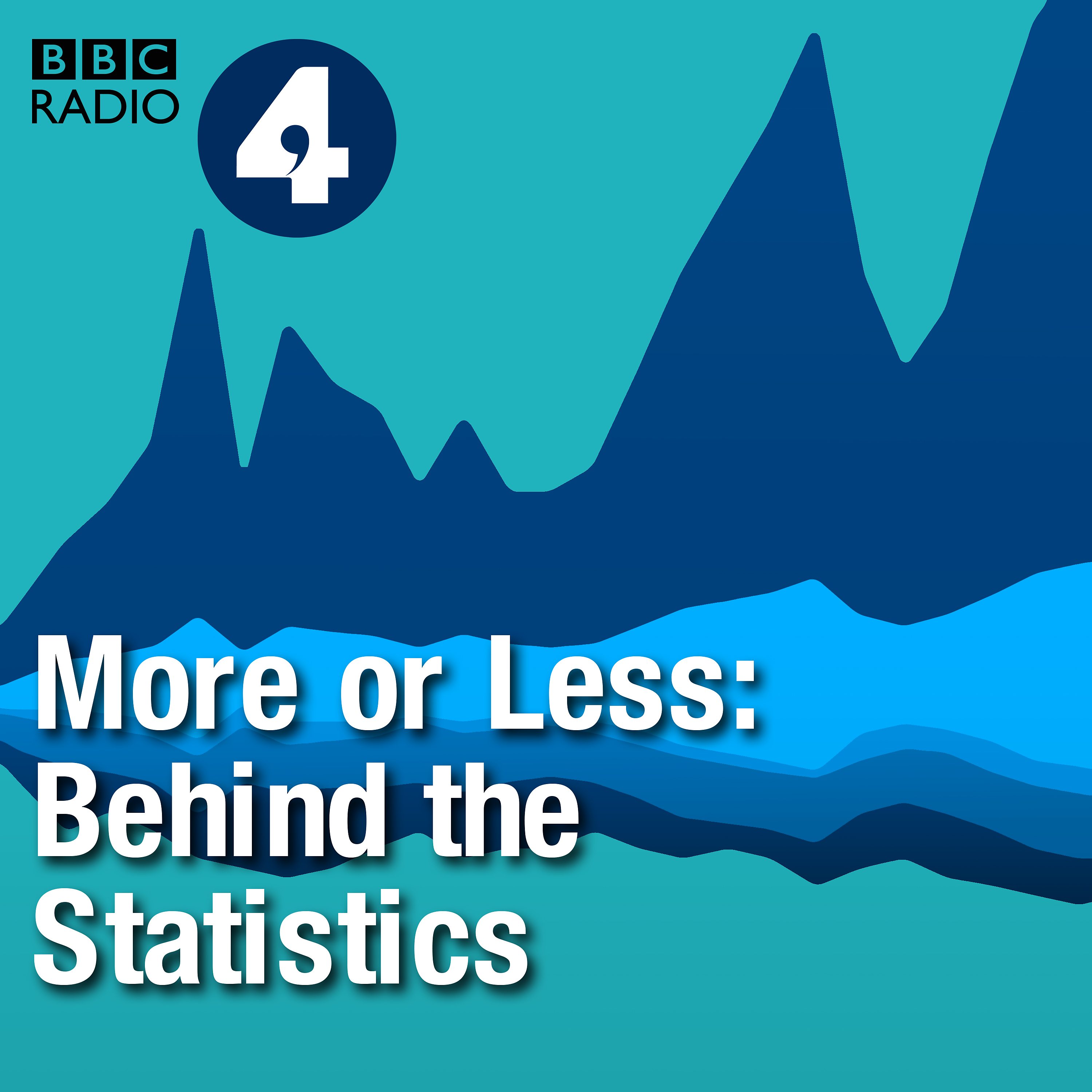
Is the world’s population being miscounted?

More or Less: Behind the Stats
Deep Dive
- UN estimates world population at 8.2 billion based on census data.
- A Finnish study found rural populations underestimated by 50-80%.
- El Mundo newspaper extrapolated this to a potential 2 billion global undercount.
Shownotes Transcript
Hello and thanks for downloading the More or Less podcast. We are your guide to the numbers in the news and in life, and I'm Tim Harford. Exactly how many people live on our planet is one of those difficult-to-answer questions.
8.2 billion is the UN estimate, but that's based largely on census data. And does everyone everywhere always fill in a census when it comes along every 10 years or so? Probably not. So when a recent study from Finland found that rural populations around the world had been underestimated by 50 to over 80%, the media got quite excited.
This would be a huge error. A 50% underestimate would mean the actual number of people in an area is double the number they thought there were. One newspaper in Spain, El Mundo, did its own sums and said this meant there were potentially 2 billion more people in the world than we currently think there are. That is a big number. But is it what the researchers in Finland actually meant? Absolutely not. So what's going on?
Josias Langrutter, a researcher at Aalto University in Finland, was a co-author of the report. Unfortunately, there has been quite some misinterpretation of our findings. The main thing we found out is not that our idea of how many people we are is wrong, but the idea of where these people exactly live.
Josias is a water researcher, not a demographer, and our story starts when he was looking at new dam projects in the Mekong River Basin in Southeast Asia. I was trying to estimate using these global population maps...
how many people would be displaced if the dams that are planned to be built will be built. And so I used this data and I compared it to some preliminary reports that we had on specific dam projects and noticed that global population maps indicated a significantly lower number of people in these areas than the preliminary impact assessments by the dam companies. And that made me curious.
These global population maps divide the world up into a grid of squares. They then use census data, combined with algorithms and satellite analysis, to estimate how many people there are in each square.
Josias now had a hunch that these maps were underestimating the rural population, so he embarked on a study to compare the five most widely used global datasets with data from more than 300 dam projects in 35 countries.
We found this data set where for many, many dams all across the world, these numbers of people who had to be relocated because of their homes being flooded by dam construction were accurately recorded. And we used these ground-based counts of population to compare them to these global population maps. And what did you learn?
that these global population maps under-represent quite strongly the number of people who live in these rural areas. When you say quite strongly, give us a sense of the numbers. So in these five different global population maps that we evaluated, the best of them still under-represented global populations by about 50% in these inundated areas upstream of dams. So if we believe then the data that's coming from the dam project...
That is suggesting that there are way more people in these areas than in the existing databases. Do you have a sense of why there is that discrepancy? One reason is certainly, and this is also something that was already to a certain degree known before our study, that these population censuses that are the base for these global population maps...
that they have strong limitations in rural areas when compared to cities, for example. But there are other sources of errors. For example, rural settlements might be hidden by tree cover. If there are dispersed small buildings, they might be hard to identify with satellite observations when compared to densely populated areas. So these kind of algorithms that create these maps from the national population censuses
These, in our opinion, contribute to the largest part of this under-representation of rural population. So Josias is suggesting that the population estimates are potentially under-counting the rural population, but also that there are other things going on which would mean people who are being counted are just being counted in the wrong place.
And while Eusebius has a view on which factor is driving the discrepancy and to what degree, the research itself doesn't tell you that. The headlines have all been about this idea that there are just a load more people on the planet than we thought. Is there any evidence from your work that global population is being underestimated?
No evidence, no. There's no evidence that really shows or demonstrates in numbers that there are more people on Earth than reported by, for example, the United Nations.
However, these biases that we found or this under-representation was so strong, our study provides a first indication that this undercounting of rural population and national population censuses may be a more severe issue than previously acknowledged. So you're saying that you think there is likely to be a fault in the national population censuses? Yes.
But the fault is underestimating rural populations and overestimating urban? Or is it underestimating total populations? It is underestimating rural populations. And that, of course, propagates into the overall counts. I do believe that the overall counts are also underestimated.
But surely not by these numbers that were reported by several alarmist news outlets. Surely not by billions. I have to say that the press release that your colleagues at the university put out does say that there's a significant proportion of the world's rural population is missing. And they put some big numbers on that between 53% and 84%.
I'm not particularly surprised that the newspapers get very excited when they read a press release like that. It might have been phrased in a way that could have been clearer. In hindsight, I agree with that. And I do think that this message that we actually looked at how the distribution of population is somehow got a bit lost recently.
Not surprisingly, academics involved in producing the global population maps haven't particularly welcomed a study which says they're massively undercounting rural populations. They point out that the study is over-reliant on data from China and over-reliant on data from dams, for that matter. What's more, a lot of the data being criticised is old. The most recent is from 2010, and they've got much better at analysing satellite data since then.
Josias accepts these limitations and does expect more recent population maps to be more accurate. But at the same time, he believes the size of the discrepancy they identified is so large that there is clearly something going on here that won't disappear overnight. I am confident that the subset that we have provides a good indication that there is some systematic underrepresentation going on.
Obviously, we're more or less and we always like the numbers to be accurate. But beyond a kind of perfectionism, why does it matter if rural populations are being misestimated?
So that's a very important point and I think that is also the main takeaway from our study. These global population maps are being used and have been used for decades to make major decisions such as where to build hospitals, where to build roads, where to place polling stations ahead of elections, where to carry out vaccination campaigns or evacuate people during disasters.
So if the rural communities are not adequately represented in these global maps, then for sure they don't receive the amount of resources that they would be entitled to. And this creates systematic disadvantages to rural communities across the globe. Thanks to Josias Langrutter from Aalto University in Finland.
Please get in touch if you've seen a number in the news you think is worth looking at. Our email is more or less at bbc.co.uk. We will be back next week. And until then, goodbye.